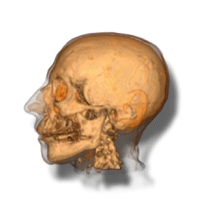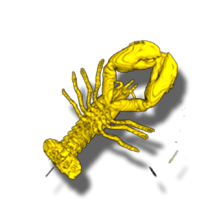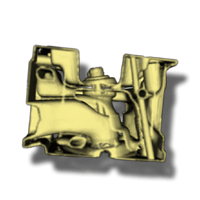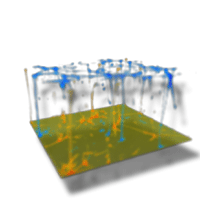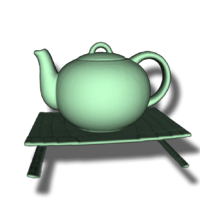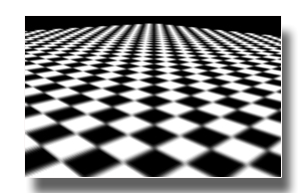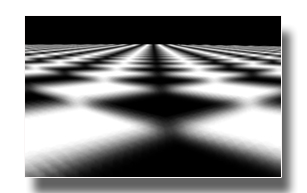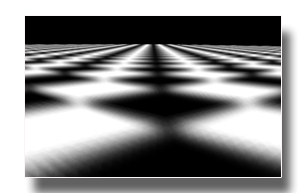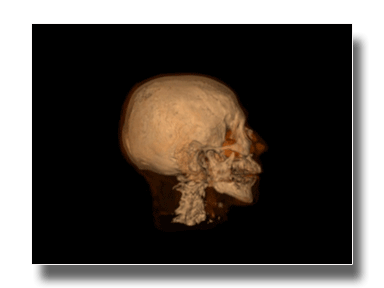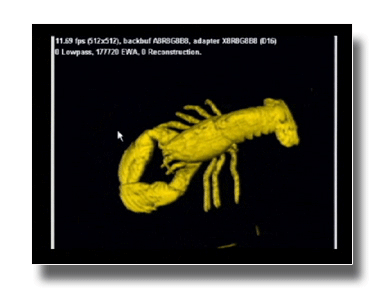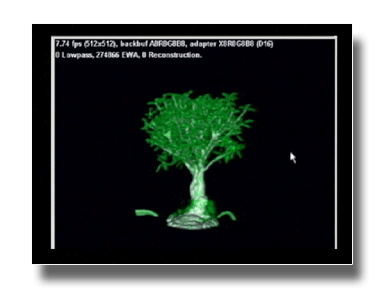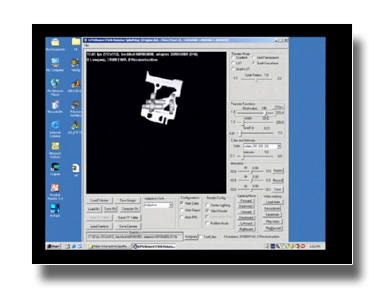Adaptive EWA
Volume Splatting
Project Description
Real-time volume splatting with high quality anti-aliasing such as Elipitical Weighted Average (EWA) filtering is very challenging because a large amount of voxels have to be processed with expensive anti-aliasing operations for each frame. Usually, a special hardware would have to be designed and manufactured for this purpose. Our patent-pending solution employed commodity graphics hardware and made several innovations to reduce the computation cost. First, we introduced a novel adaptive filtering scheme to reduce the computational cost of EWA filtering. Second, we renovated the implementation so that it could be applied to modern graphics processing units (GPUs). Our implementation included interactive classification and fast lighting. To accelerate the rendering we stored splat geometry and 3D volume data locally in GPU memory. We also applied this adaptive scheme to real-time point rendering. We presented results for several rectilinear volume datasets and large point-based models that demonstrated the high image quality and real-time rendering speed of our method.
Volume Splatting Comparison
 |
 |
|
Reconstruction filter only |
EWA filter |
|
Low-pass filter only |
EWA filter |
|
Adaptive EWA filter |
EWA filter |
 |
 |
| Adaptive EWA filter | EWA filter |
The above images show the comparison of volume splatting among EWA filter, low pass filter, reconstruction filter and adaptive EWA filter for a checkerboard dataset with a resolution of 512x512x3. An EWA filter is necessary for avoiding some of the artifacts from simple filtering techniques. Adaptive EWA splatting leads to visually indistinguishable results compared with the original EWA splatting. The following videos (mov format) show more results for the comparsion.
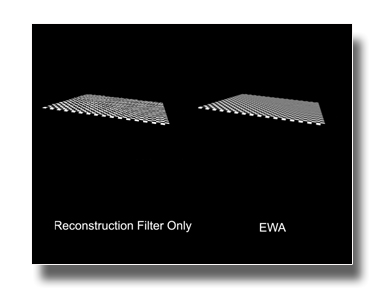 |
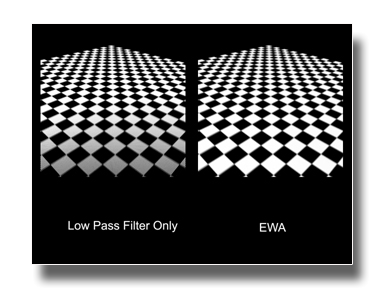 |
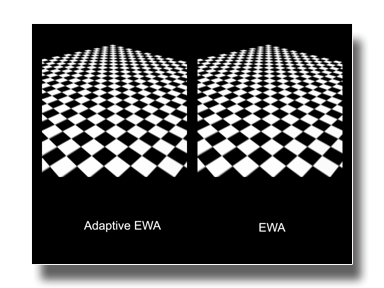 |
| Reconstuction filer only vs. EWA filter | Low pass filter only vs. adaptive EWA filter | Adaptive EWA filter vs. EWA filter |
Adaptive EWA Volume Splatting
We use the following videos (offline video capture) to demonstrate the rendering quality of adaptive EWA volume splatting. The volume datasets are rendered on a 2.4 GHz P4 system with an ATI's Radeon 9800 Pro graphics card(256M memory).
We use the following videos (real-time screen capture) to demonstrate the interactive rendering speed of the hardware-accelerated adaptive EWA volume splatting. The volume datasets are rendered on a 2.4 GHz P4 system with an ATI's Radeon 9800 Pro graphics card(256M memory). The blurring artifacts are caused by the real-time video capture and video compression.
Publication
-
Wei Chen, Liu Ren, Matthias Zwicker, and Hanspeter Pfister, "Hardware-Accelerated Adaptive EWA Volume Splatting", in Proceedings of IEEE Visualization 2004, 67--74, 2004.[BiBTeX]
Video
 |
Presentation
IEEE Visualization 2004, Austin, Texas, October 10 - 15, 2004. PPT download
Related Projects
Object space EWA surface splatting;
Other Projects
Vision-based Performance Animation;
Quantifying Natural Human Motion;
Contact
Liu Ren (liuren@cs.cmu.edu, Carnegie Mellon University)
